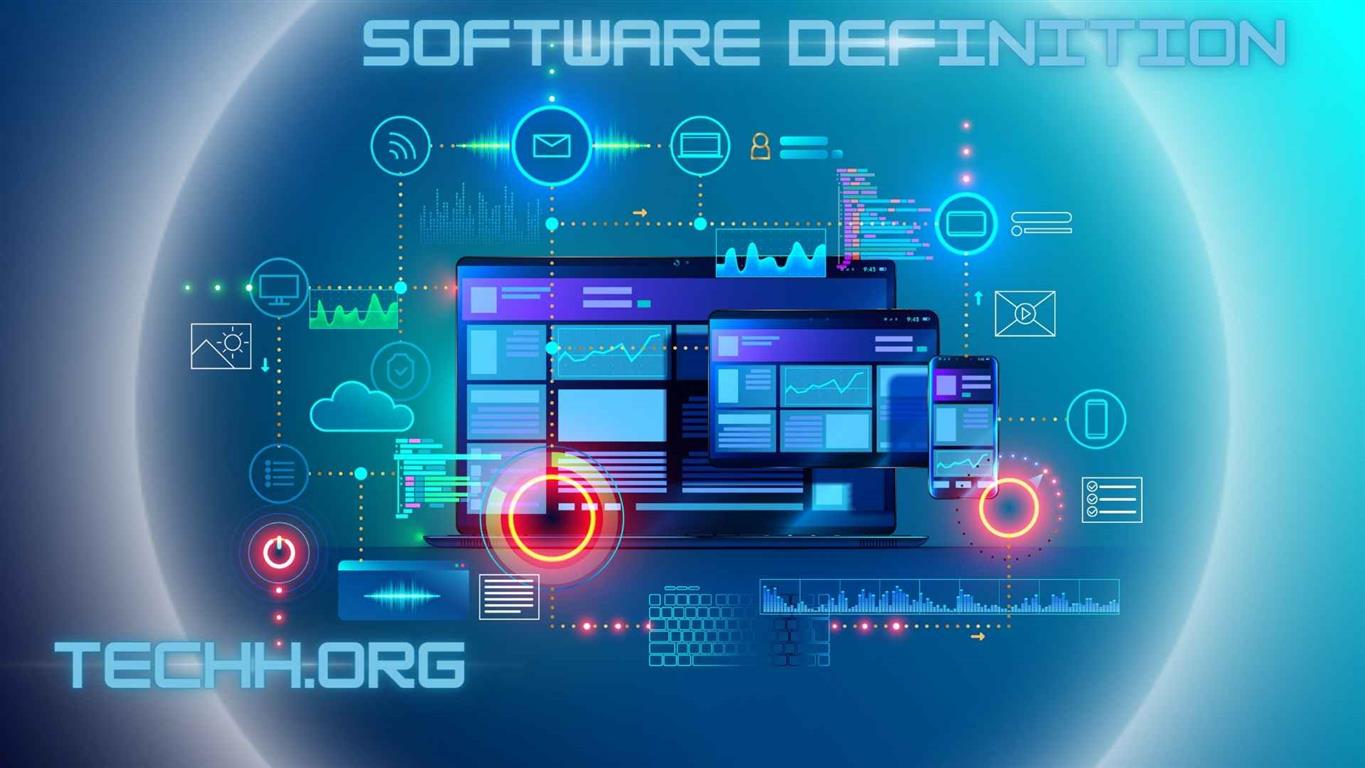Introduction
In the digital era, software is a term that we come across frequently, but what exactly does it entail? This article delves deep into the concept of software, exploring its definitions, classifications, development phases, and its indispensable role in modern society.
Defining Software
In its most elementary form, this is a set of instructions, data, or programs used to operate computers and execute specific tasks. It acts as the intermediary that translates human commands into a language that the hardware can understand, facilitating the smooth functioning of computer systems.
Classifications of Software
To fully grasp the concept, it is imperative to understand its various classifications, which are primarily divided into three categories:
1. System Software
This includes operating systems like Windows, Linux, and macOS, which serve as the bridge between the hardware and this applications. It controls and coordinates the use of the hardware among the various types of software.
2. Application Software
These are the programs designed to perform specific tasks for the user, such as word processors, web browsers, and video games.
3. Middleware
Middleware facilitates communication and input/output, so end-users can interact with a system using more than one application concurrently.
Software Development Phases
Creating a piece of software is a meticulous process that involves several steps, often referred to as this Development Life Cycle (SDLC). These steps include:
1. Requirement Analysis
This initial stage involves understanding what the end-users expect from the software and what it should accomplish.
2. Design
Post the requirement analysis; developers draft a design plan using various this design tools.
3. Implementation or Coding
In this critical phase, the actual code gets written, and the software slowly starts taking shape.
4. Testing
Before the official release, the software undergoes rigorous testing to identify bugs and ensure its stability.
5. Maintenance
Post-launch, it receives regular updates and maintenance to fix bugs, improve functionality, and remain up-to-date with the changing technological landscape.
Different Licensing Models
this can come with different licensing models that dictate how they can be used:
1. Proprietary Software
This type of developed by individual companies who retain control over the source code.
2. Open-Source Software
Open-source allows users to view and modify the source code, promoting a community-driven approach to software development.
3. Freeware
Freeware is software that is available to use without costing your money. Users can download it for free, but they cannot access or modify the source code.
Software in Modern Society
Today, this is infiltrates almost all aspects of modern society. It is at the heart of various devices we use daily, from smartphones to washing machines. Let’s explore some domains where software plays a pivotal role:
1. Business
this facilitates business operations, from customer relationship management (CRM) systems to accounting like QuickBooks, helping businesses run efficiently.
2. Education
In the educational sector, this like learning management systems (LMS) and e-learning platforms have transformed the way we learn, making education more accessible.
3. Healthcare
In healthcare, this is utilized for various purposes including, maintaining electronic health records (EHR) and telemedicine, which has proved essential, especially in the wake of the global pandemic.
The Future of Software
Looking ahead, this is set to play an even more integral role as we advance further into the age of artificial intelligence, augmented reality, and virtual reality. this would be at the helm, steering these technological innovations to new heights, making our lives easier, and unlocking potentials we can only dream of now.
Conclusion
In conclusion, this is a dynamic and multifaceted entity that goes beyond being just a set of instructions for computers. It is the driving force behind the technological advancements that characterize the modern age. Understanding software’s intricate details, its classifications, development processes, and the crucial role it plays in various industry sectors paints a comprehensive picture of its importance in today’s digital society. It stands as a testament to human ingenuity, continually evolving, and reshaping the world as we know it, promising an exciting future filled with endless possibilities.





